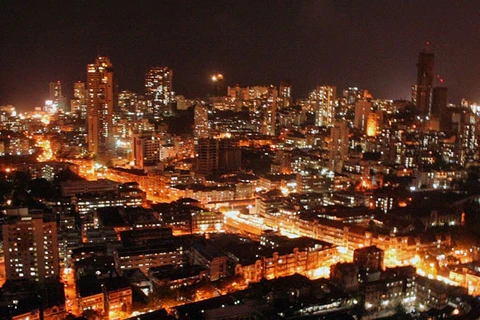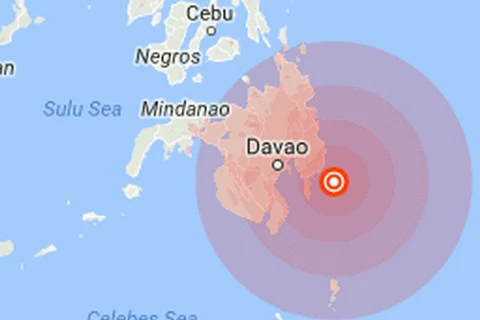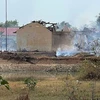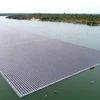Hanoi (VNA) - The Philippine tourism industry is struggling to manage the fallout from the temporary shutdown of its world-famous Boracay island, which threw into chaos trips planned by hundreds of thousands of tourists.
In February, Philippine President Rodrigo Duterte ordered the once-idyllic white-sand resort closed to tourists for up to six months from April 26, after describing the country's top tourist attraction as a "cesspool" tainted by raw sewage.
Hundreds of hotels, as well as restaurants, tour operators and business establishments on Boracay island were April 6 unwinding bookings for rooms, flights, weddings and other events and facilities.
Hotel Sales and Marketing Association President Christine Ibarreta said hundreds of thousands of bookings made as far as two years in advance for hotels and other tourism services would have to be either cancelled and refunded, or rebooked.
The government plans police, or even military, checkpoints at ports to keep tourists away from the central Philippine island that draws two million visitors each year. Residents will get passes while Boracay is rehabilitated. Domestic airlines announced on they would scale back the number of flights to the island.
The Philippines will tear down illegal structures, build a bypass to unclog traffic, convert tricycle taxis into electric vehicles and build a modern waste-to-energy plant to rescue its premier tourist island.
The Philippine Government said the overhaul is necessary to save the tiny island, which generated over 1 billion USD last year but cannot cope under the strain of 2 million tourists a year.
The environment ministry has issued a notice of violation to businesses discharging sewage and has ordered the destruction of more than 900 illegal structures in forest and wetlands. About 1,000 three-wheel taxis and cars in Boracay could be converted into electric vehicles, but details had to be discussed with the energy department.
Environment Undersecretary Jonas Leones said the rehabilitation period for Boracay may go beyond six months, and the cost of making it liveable again had yet to be determined.
Authorities have yet to finalise the waste-to-energy plant's capacity which offered a long-term solution to the garbage problem of an island that produces 90 to 115 tonnes of trash a day, Leones said.
It is estimated the island attracts up to 2 million visitors each year and contributes 20 percent of the country’s tourism revenue. The closure of the island will make around 17,000 local resort workers jobless.-VNA
VNA
























